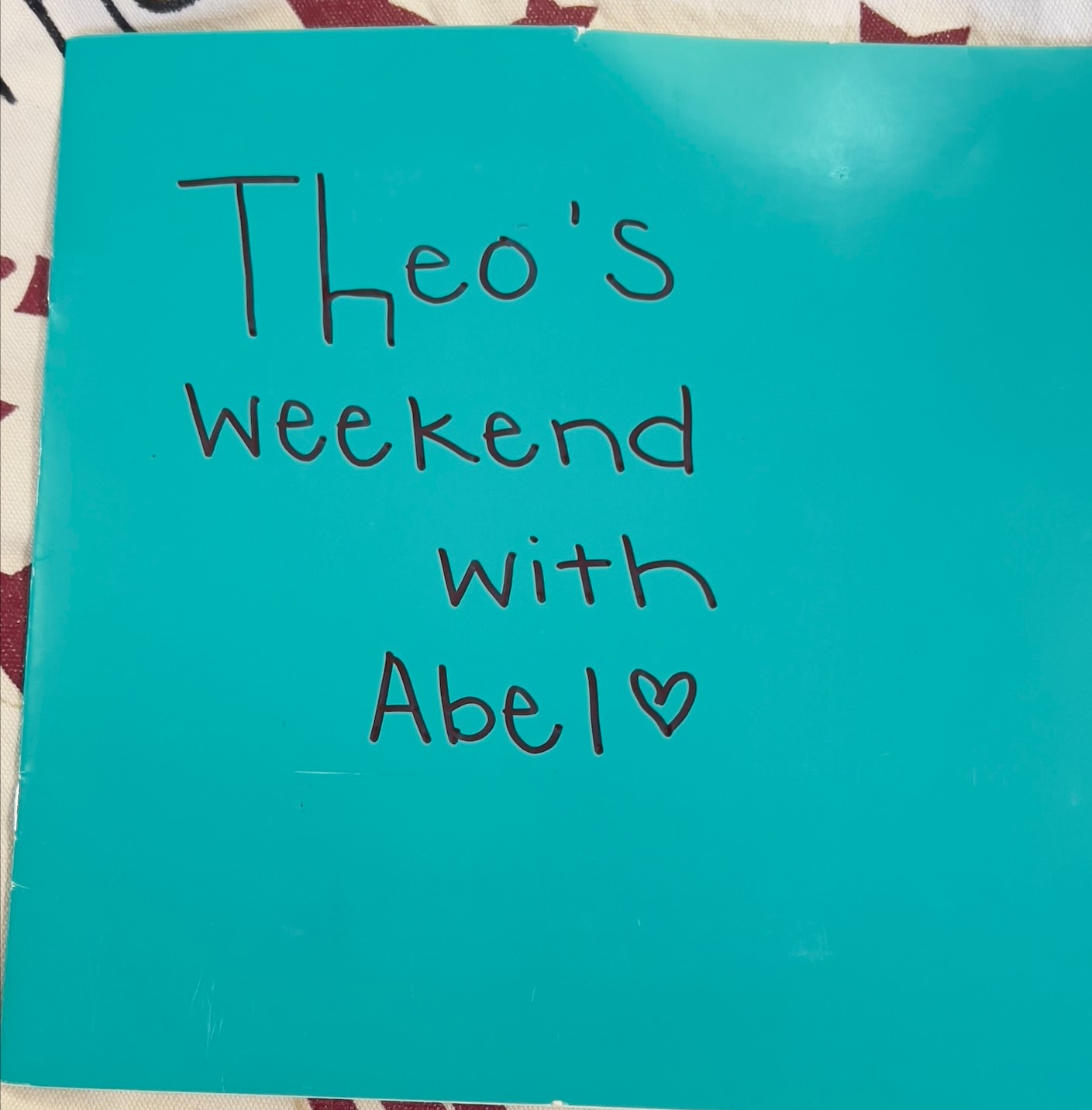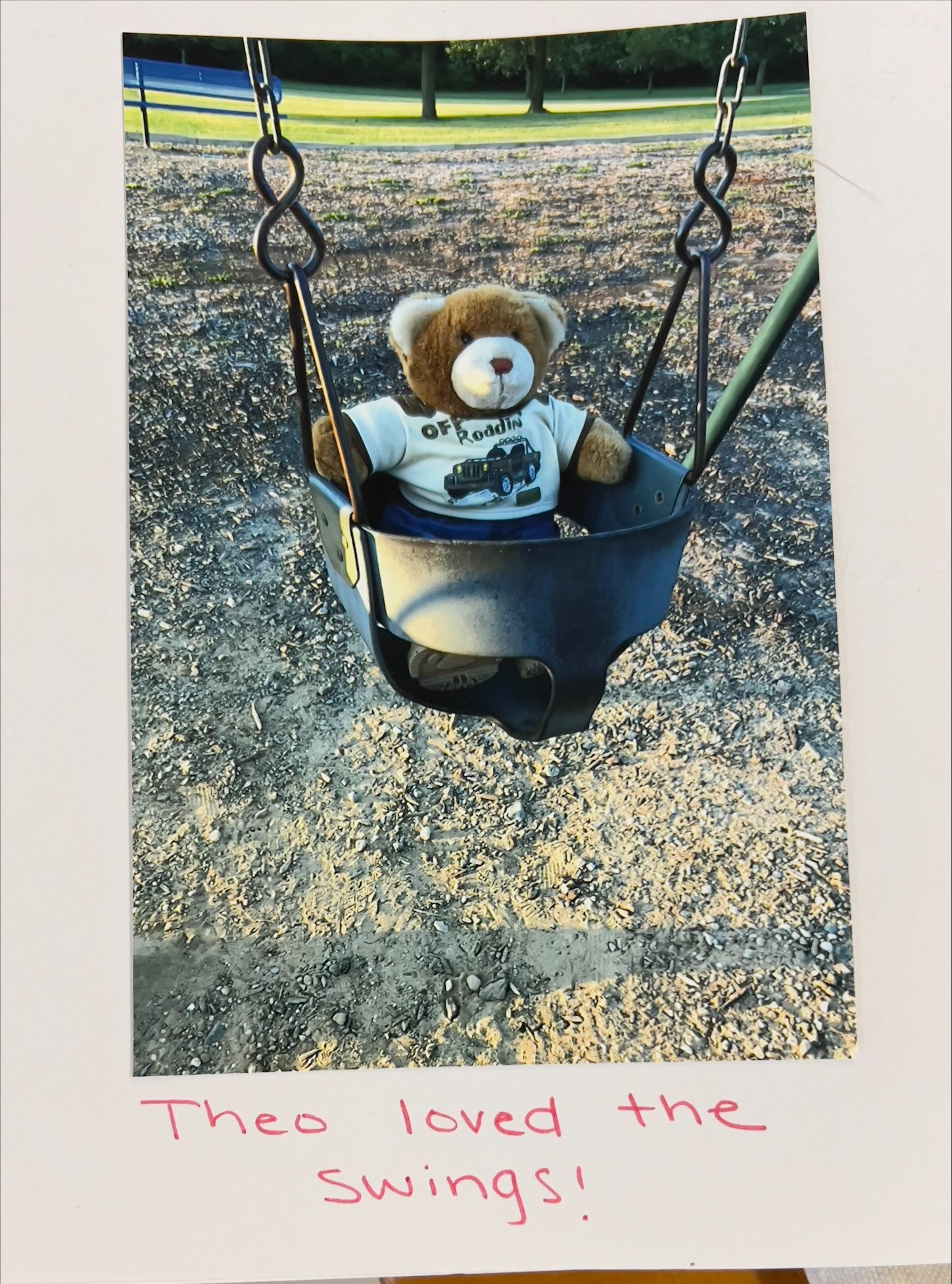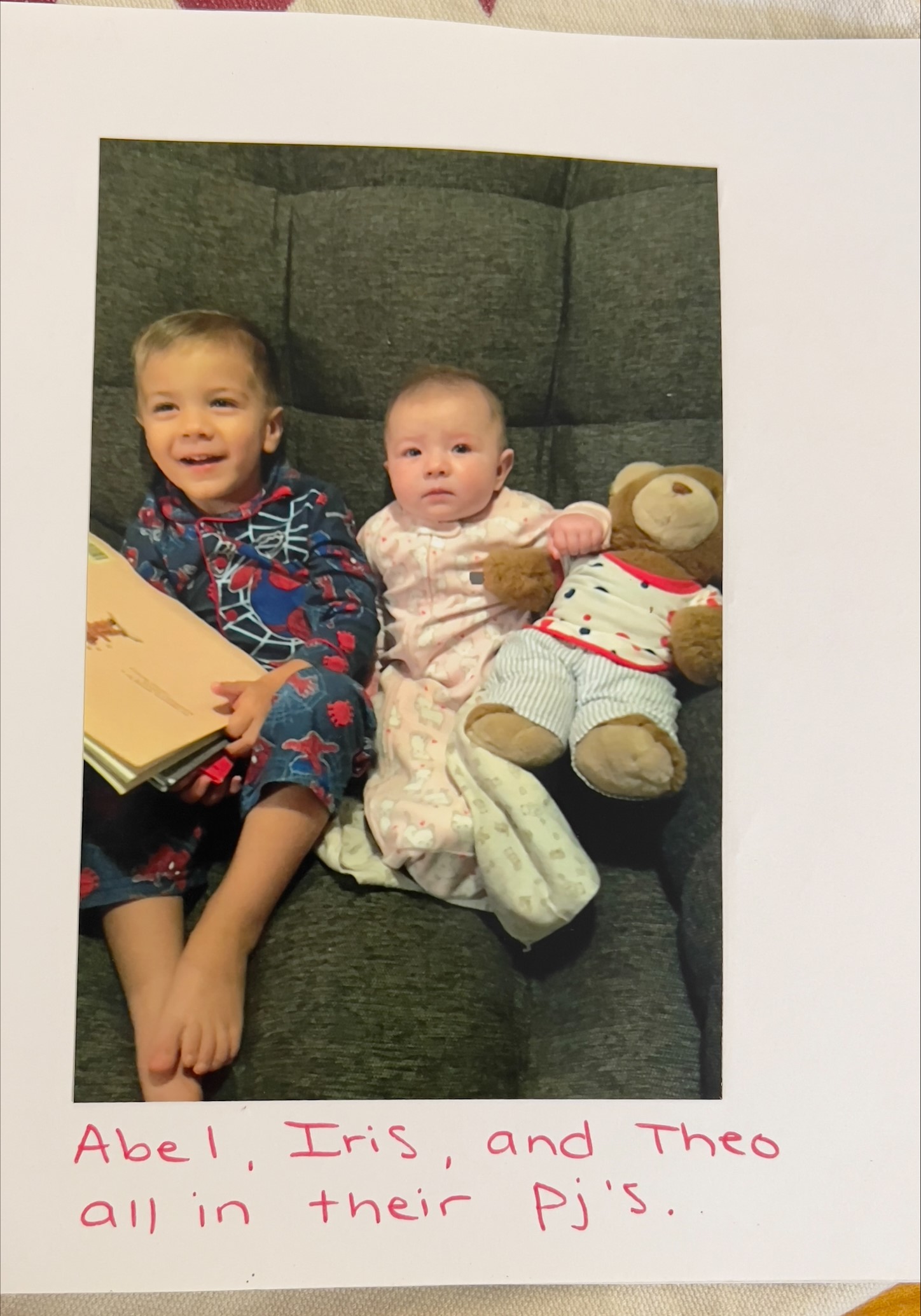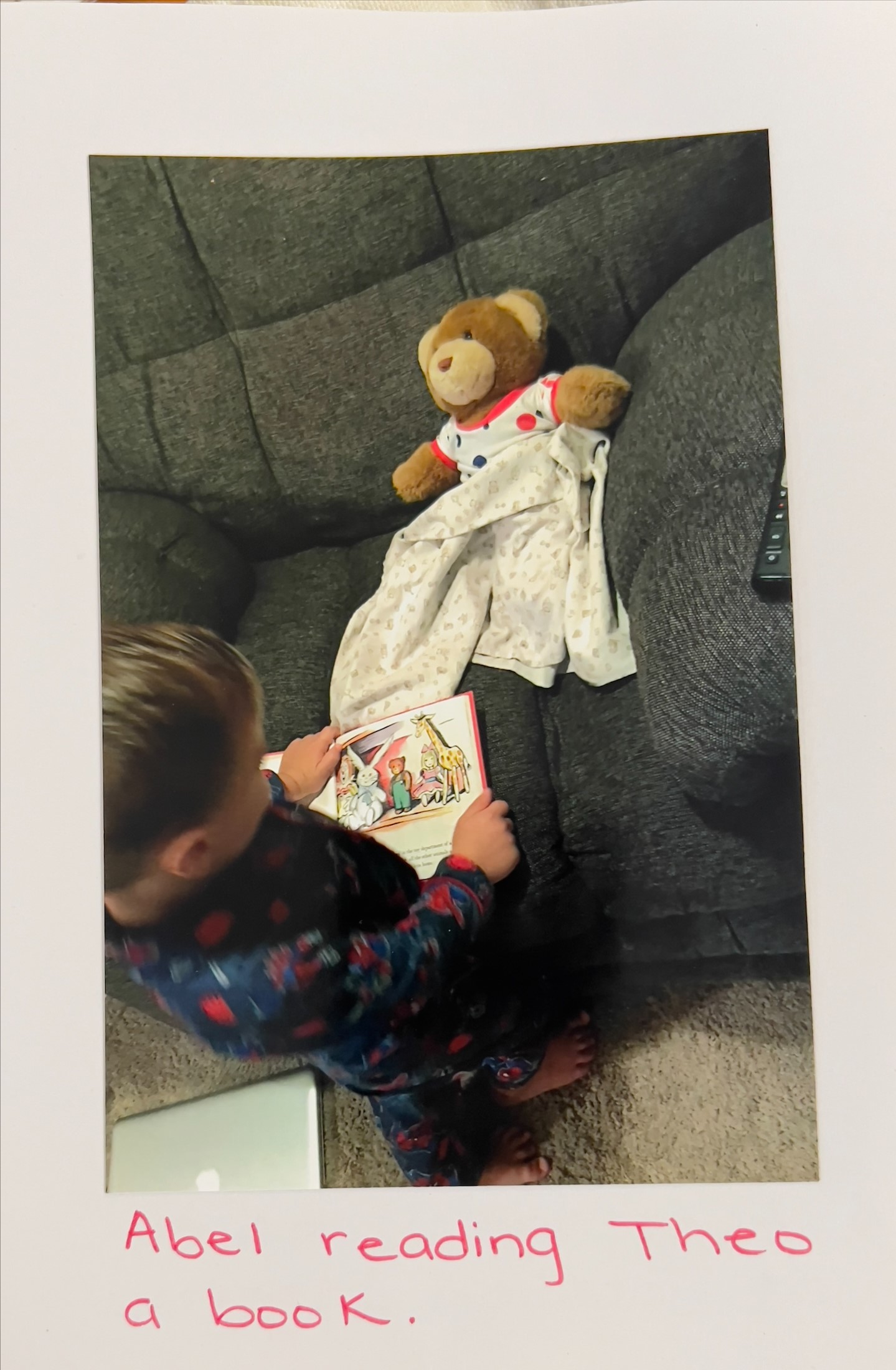- Personally acknowledge and greet each family and child, with a smile as they enter the room.
Doing this simple task helps build meaningful and respectful relationships with families. It’s the first interaction the family may have each day and will go a long way in helping families feel welcome. Calling the parent by their name (unless otherwise specified by the parent) and their child by their own name, makes it personal. We want parents to know we are happy to see them and their child and greeting them by their first name is much nicer and more personal than just saying “hello”. If you are unsure how to pronounce their name, it’s best to politely mention you are unsure and ask them how to say it and repeat it back.
- Have daily and ongoing conversations with families.
Each day talk to the family and share something their child did that was positive. Either a new skill learned, or an interaction with another child you observed that was especially nice are examples. Try to be engaging, smile and actively listen. Daily conversations build trust and allows for other conversations to evolve over time, allowing you to learn about the family and their child. When trust is built, families are more comfortable sharing information that may be helpful in meeting the child’s needs and in some cases the family’s needs as well.
- Make sure all families and all children are represented.
Displays around the classroom should represent all children. They should depict varying abilities, languages, and cultures. This need to be done in a non-stereotypical way. The environment should include a combination of pictures, books, dolls, music, and household items that are familiar to children and things they would find in their own home and community. Ask families to bring in family photos of all family members, doing activities they enjoy as a family. Display and make classroom books with them. Displays should be at both child height and parents’ height. Offering seating for adults to sit shows families that they are welcome to stay awhile, and you care about their comfort.
- Provide ways for families to volunteer.
When families can participate one way or another in the childcare program, they feel invested and included. Childcare programs have many different task to manage throughout the year, why not get the help of the families. Parents usually are very happy to lend a hand or offer skills or services they may have. It’s also fun to get the whole family involved. Some ways parents can volunteer might be, a spring or fall clean up on the playground, repairing equipment, sewing things for the classroom, reading a book to the children, or doing a cooking activity with a small group of children. Remember that not all families will be able nor want to volunteer in the classroom and we want to be respectful of this. Providing a list of things, parents can work on at home will allow these families to also feel valued and connected too. Remember part of feeling welcome is knowing you are valued no matter how or if you choose to participate.
- Provide resources and support for families.
Create a specific area in the childcare program where parents can go to get resources pertinent to child development, parenting, health and safety, product recall information and child nutrition as well as social service supports and free events available in your area. Providing resources that pertain to parenting and child development will let parents know that you care about their family outside the walls of the childcare. The location should stay consistent so parents will know where to find these resources and can visit without the help of staff. Providing a small lending library if you’re able, may be useful too. Keep this area uncluttered and organized so parents will want to visit and can find what they are looking for. Remove outdated information in a timely manner.
Theo the Bear began as a way to welcome new children into the program. I introduced him as a friendly companion they could cuddle and rely on throughout the day. If they wished to take Theo home, they were welcome to do so, but they had to bring him back the next day for more fun. Theo helped children feel more comfortable and secure in the classroom, making the transition smoother.
After a while, we stopped using Theo because there were no new children enrolling. However, he remained a beloved member of the classroom and became the sharing bear. As a sharing bear, he is available for everyone to take home. I explain to the children how much Theo loves going on adventures and visiting their homes. To enhance his travels, I added some accessories to Theo’s small bag, such as clothes, a brush, and a book. During their birthday week, each child takes Theo home for a week-long trip. Families are then asked to help children record their adventures in the Theo book by adding pictures or drawings. At the end of the week, they share their adventures with the class.




